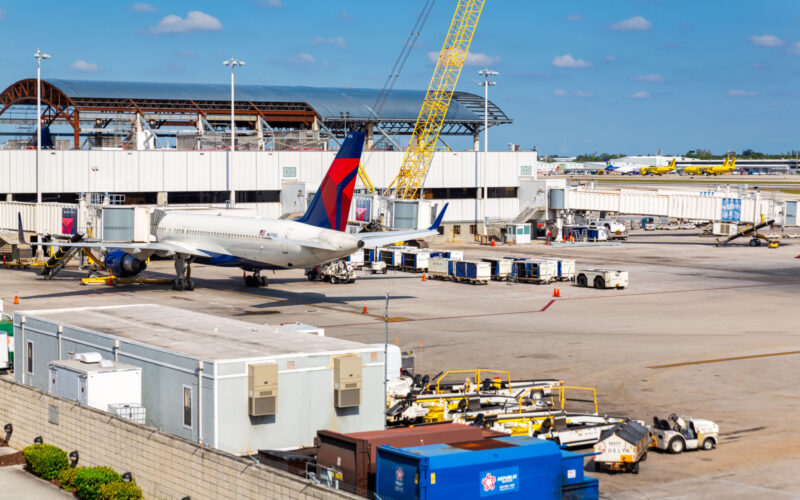As we try to navigate the skies in 2023, it’s crucial to stay informed about the major airports where flight delays are most likely to disrupt our travel plans. In this article, we look at the Top 10 US airports with the most flight delays in the first half of 2023.
We’ll count them off in ascending order, revealing which airports have been particularly prone to delays this year. Our data is sourced from the comprehensive study conducted by the Bureau of Transportation Statistics from the period of January 2023 to June 2023, titled Airline On-Time Statistics and Delay Causes. The percentage shown represents the proportion of total flights that have experienced delays at each major airport.
We’ll also look at the reasons behind those delays, giving you valuable insights to help plan your journeys with confidence.
10. Denver International (DEN) – 25.77%
Denver International Airport, nestled in the heart of Denver, Colorado, and serving the bustling Denver metropolitan area, started operations on February 28, 1995.
The primary source of delays at this airport is aircraft arriving late, which accounts for 31% of all delays. This can be linked to various factors such as weather disruptions, mechanical issues, and security concerns.
The leading cause of delays at DEN can be linked with National Aviation System or NAS issues, which encompass a wide array of factors unrelated to weather, including airport operations, heavy traffic congestion, and air traffic control issues. These NAS-related issues accounted for 27% of all delays at DEN between January and June of this year.
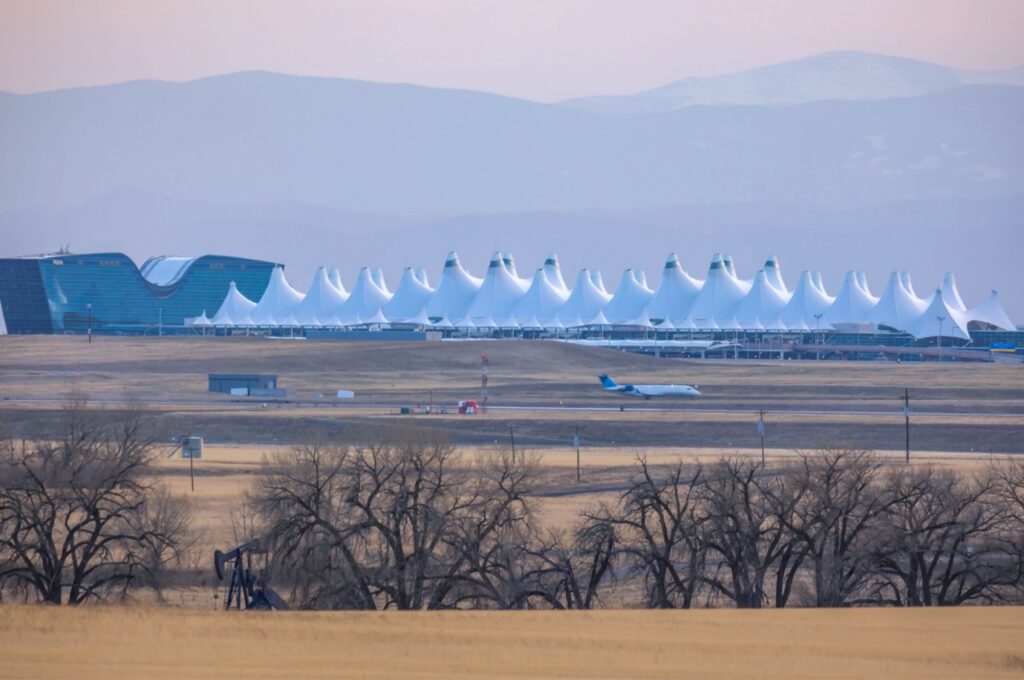
9. George Bush Intercontinental/Houston (IAH) – 26.01%
George Bush Intercontinental/Houston Airport, situated in Houston, Texas, and serving the Houston metropolitan area, first opened for business on June 8, 1969. IAH welcomes over 39 million travelers annually.
Delays at this airport can be primarily attributed to NAS-related issues, which account for nearly 32% of all delays.
The second most prevalent cause of delays at this airport is aircraft arriving late, comprising nearly 29% of the total number of all delays.
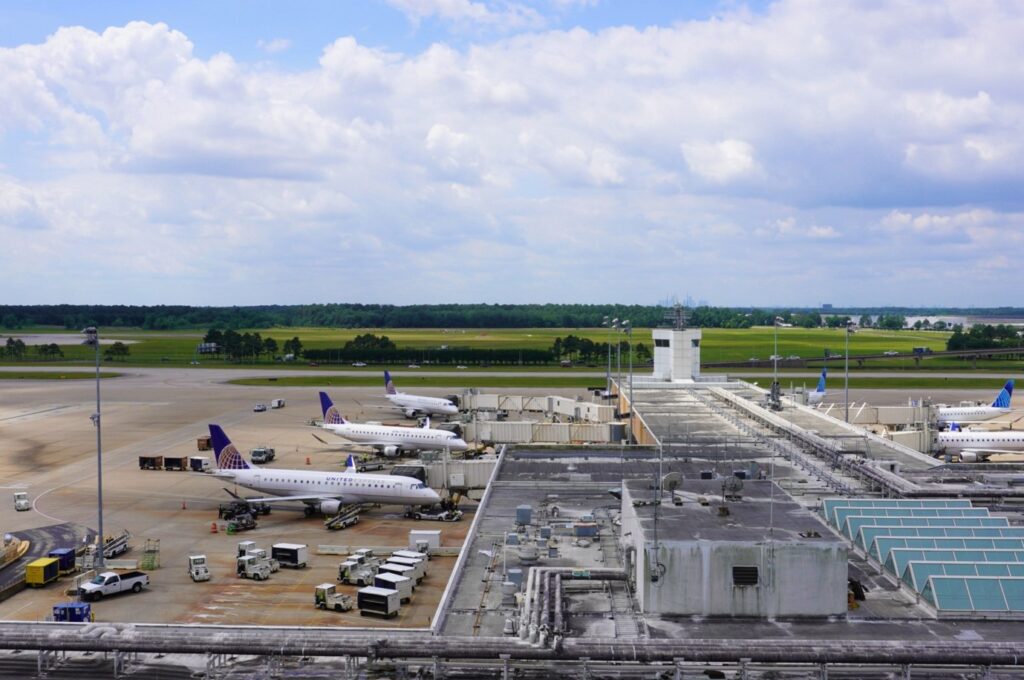
8. Miami International (MIA) – 26.14%
Miami International Airport, situated in Miami, Florida, and serving the Miami metropolitan area, began operations in 1928. MIA manages more than 1,000 daily flights connecting to 167 destinations, both within the country and abroad.
Delays at MIA are primarily associated with NAS-related issues, which make up 33% of all delays.
The airport’s second most common contributor to delays in aircraft arriving late, making up 29% of the total number of all delays.
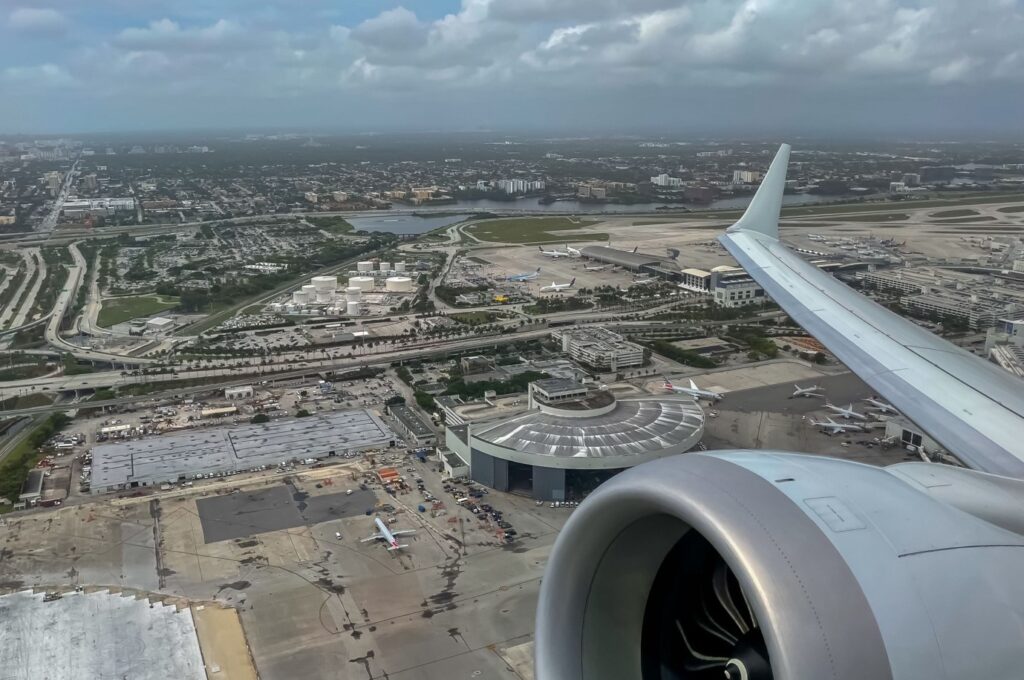
7. John F. Kennedy International (JFK) – 26.35%
John F. Kennedy International Airport, located in Queens, New York, and serving the New York City metropolitan area, originally opened for business as Idlewild Airport on July 1st, 1948. Today, JFK experiences approximately 1,200 to 1,300 daily arrivals and departures.
Delays at JFK are primarily associated with NAS-related issues, which make up 31% of all delays.
The second leading cause of delays at JFK is air carrier delays, contributing to 29% of the total number of all delays, which can be linked to various factors such as aircraft maintenance, baggage handling, the arrival of connecting passengers or crew members, bird strikes, and cargo loading.
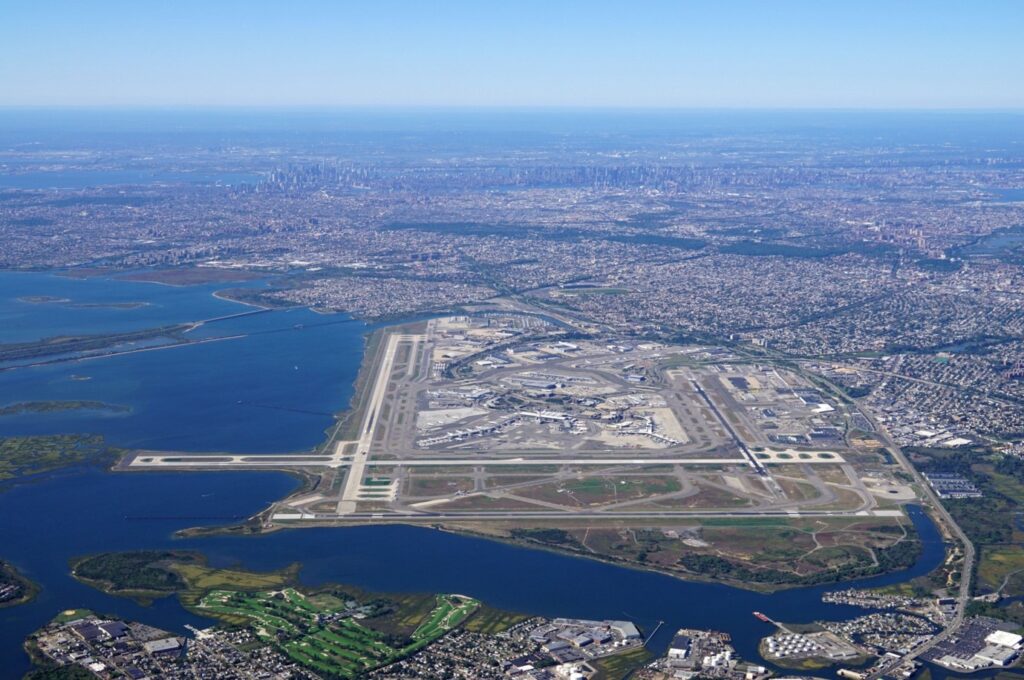
6. Tampa International (TPA) – 26.91%
Tampa International Airport, located in Tampa, Florida, and serving the Tampa Bay area, commenced operations on April 15, 1971. TPA serves around 21 million passengers annually with 85 domestic and international destinations.
The leading cause of delays at TPA is aircraft arriving late, which accounts for nearly 35% of all delays.
The second most notable factor contributing to delays at SFO is air carrier delays, comprising nearly 32% of the total number of all delays.
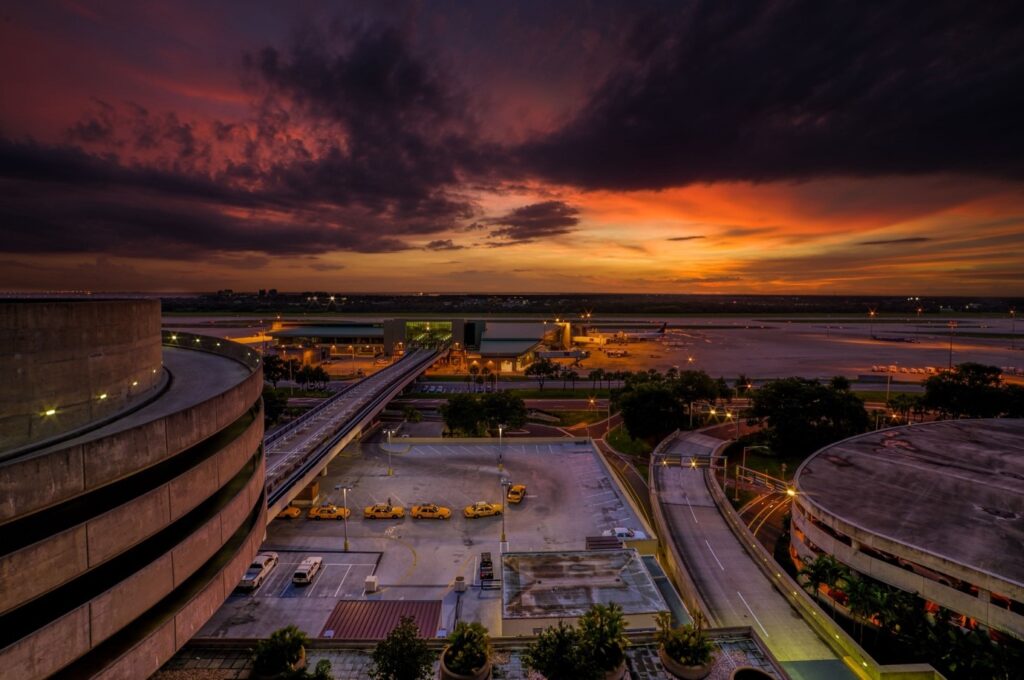
5. Newark Liberty International (EWR) – 27.17%
Newark Liberty International Airport, located in Newark, New Jersey, and serving the greater New York City region, opened for business on October 1, 1928. It caters to over 45 airlines, facilitating nearly 1,200 daily arrivals and departures to destinations both within the country and abroad.
Delays at EWR can chiefly be attributed to NAS-related issues, which account for nearly 42% of all delays.
The second most prevalent cause of delays at EWR is aircraft arriving late, making up nearly 22% of the total number of all delays.
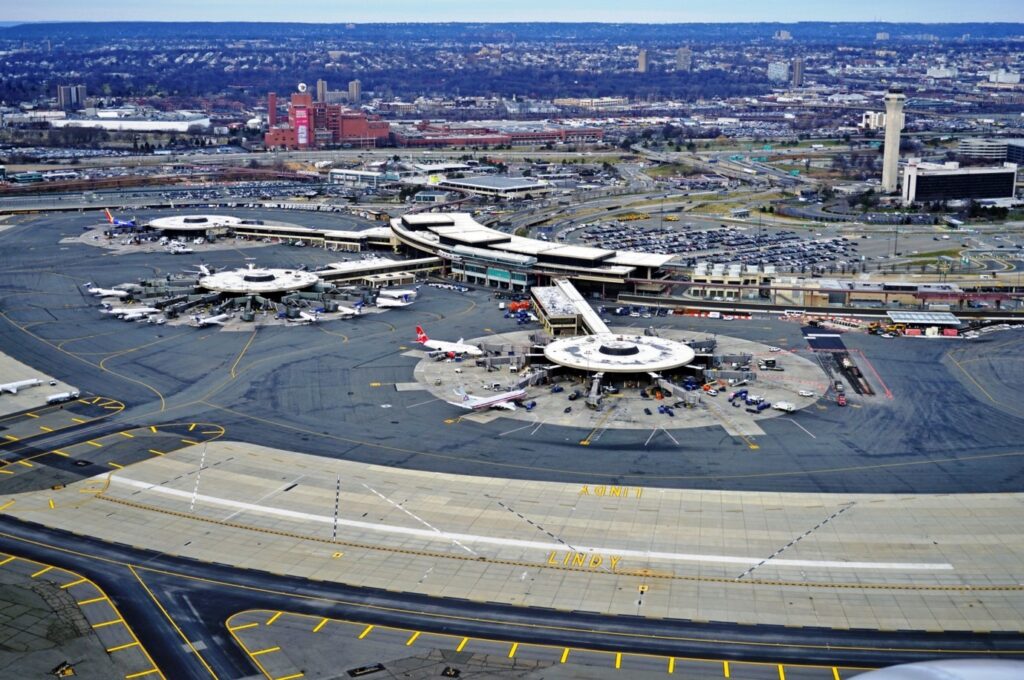
4. San Francisco International (SFO) – 27.29%
San Francisco International Airport, situated in San Mateo County, California, and serving the San Francisco Bay Area, first opened its gates to travelers on May 7, 1927.
NAS-related issues are the major cause of delays at SFO, accounting for 32% of all delays.
The second most significant contributor to delays at SFO is air carrier delays, which make up 30% of the total number of all delays.
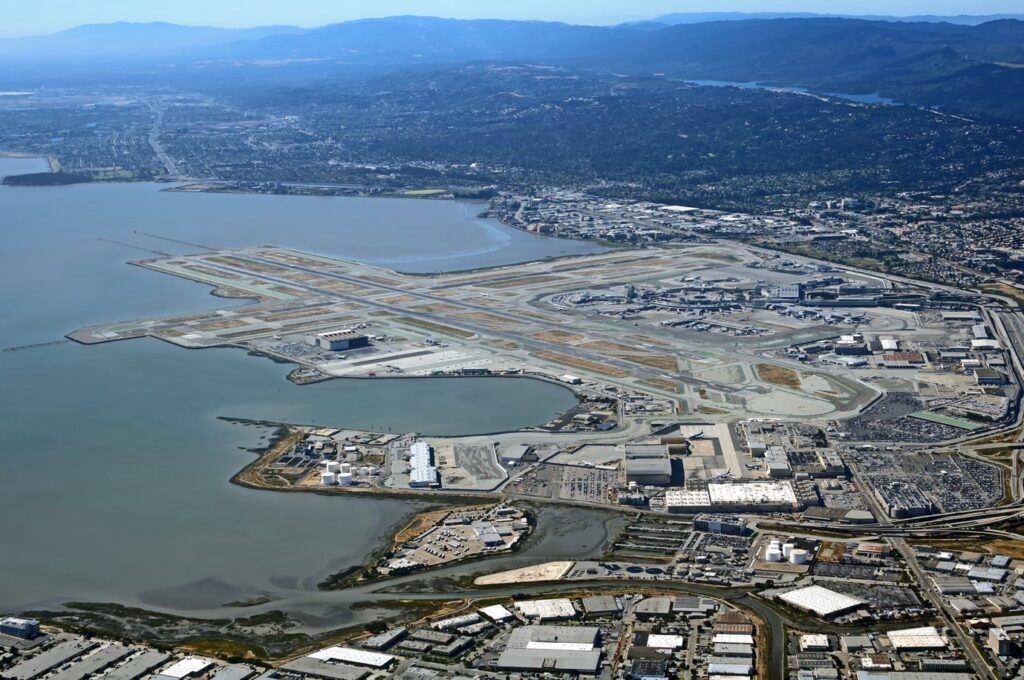
3. Orlando International (MCO) – 30.25%
Orlando International Airport, located in Orlando, Florida, and serving the central Florida region, commenced its services in 1940. Today, it witnesses more than 850 daily flights operated by 44 airlines to 135 domestic and international destinations.
Delays at MCO can be primarily attributed to aircraft arriving late, making up nearly 34% of all delays.
The second most significant cause of delays at MCO is NAS-related issues, contributing to 30% of the total number of all delays.
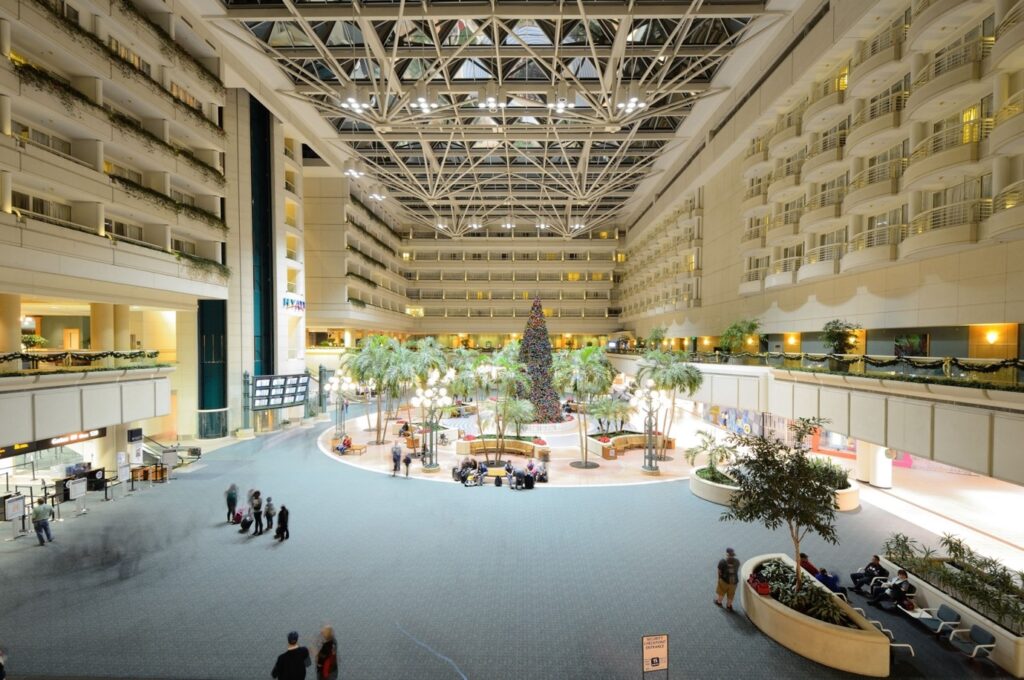
2. Harry Reid International (LAS) – 31.01%
Harry Reid International Airport, located in Paradise, Nevada, and serving the Las Vegas metropolitan area, first welcomed travelers in 1942. Today, it manages over 490 flights and accommodates 141,000 passengers daily. In the first half of 2023, LAS took the second position among major US airports for the highest number of flight delays.
Delays at LAS are chiefly caused by NAS-related issues, which account for over 35% of all delays.
The second leading cause of delays at LAS is aircraft arriving late, contributing to over 33% of the total number of all delays.
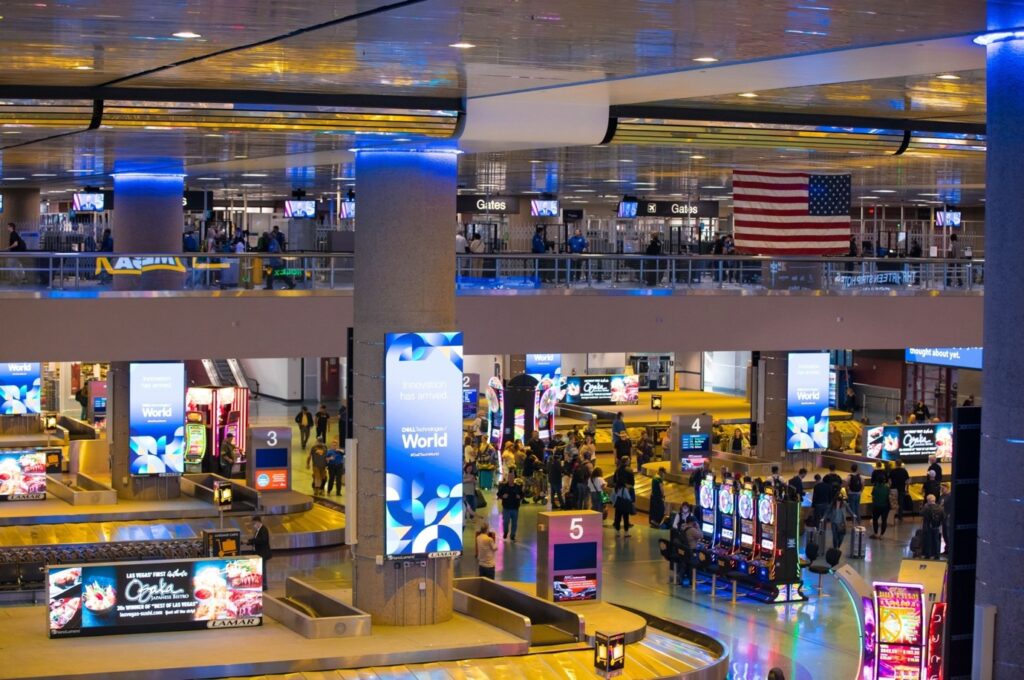
1. Fort Lauderdale-Hollywood International (FLL) – 31.59%
Fort Lauderdale–Hollywood International Airport, located in Broward County, Florida, serves the Miami metropolitan area. It first opened its doors on May 1st, 1929, and today it handles over 700 daily flights, connecting passengers to 135 domestic and international destinations.
In the first quarter of 2023, Fort Lauderdale-Hollywood International Airport claimed the dubious honor among major US airports for the highest number of flight delays. Notably, though, 68.41% of all flights operated without any delay.
NAS-related issues are the foremost cause of delays at FLL, accounting for 32% of all delays.
The second most notable factor contributing to delays at FLL is air carrier delays, comprising over 23% of the total number of all delays.
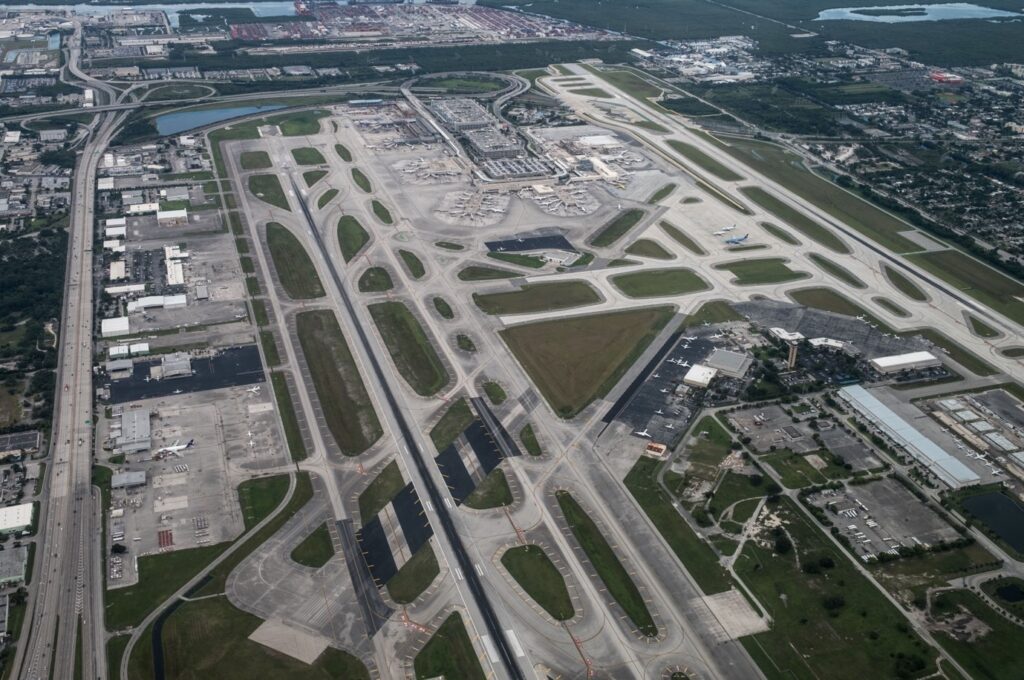
To sum up: Top 10 US airports with the most flight delays in the first half of 2023
| Rank | Airport | Total % of Delayed Flights |
| 10 | Denver International (DEN) | 25.77% |
| 9 | George Bush Intercontinental/Houston (IAH) | 26.01% |
| 8 | Miami International (MIA) | 26.14% |
| 7 | John F. Kennedy International (JFK) | 26.35% |
| 6 | Tampa International (TPA) | 26.91% |
| 5 | Newark Liberty International (EWR) | 27.17% |
| 4 | San Francisco International (SFO) | 27.29% |
| 3 | Orlando International (MCO) | 30.25% |
| 2 | Harry Reid International (LAS) | 31.01% |
| 1 | Fort Lauderdale-Hollywood International (FLL) | 31.59% |

